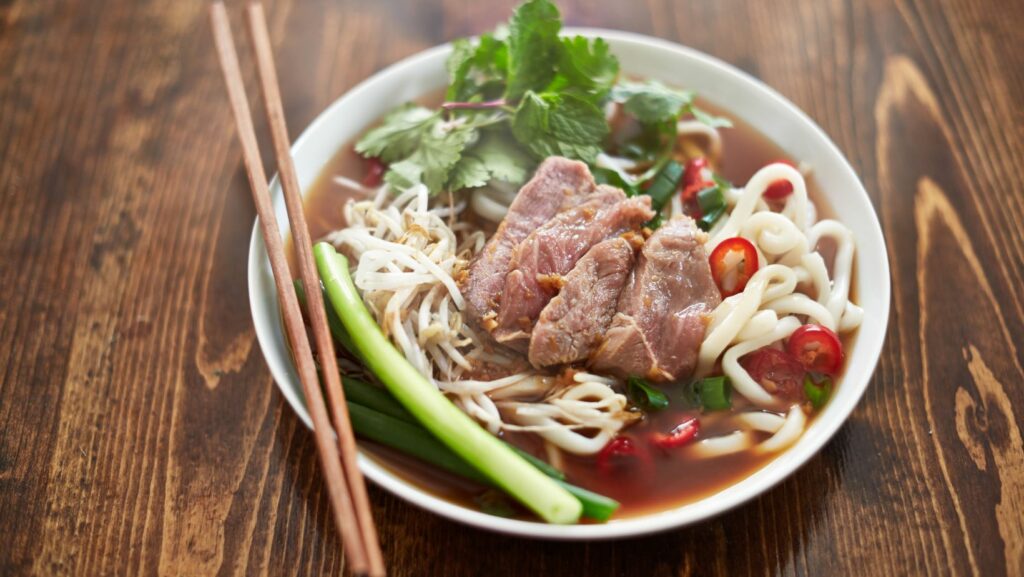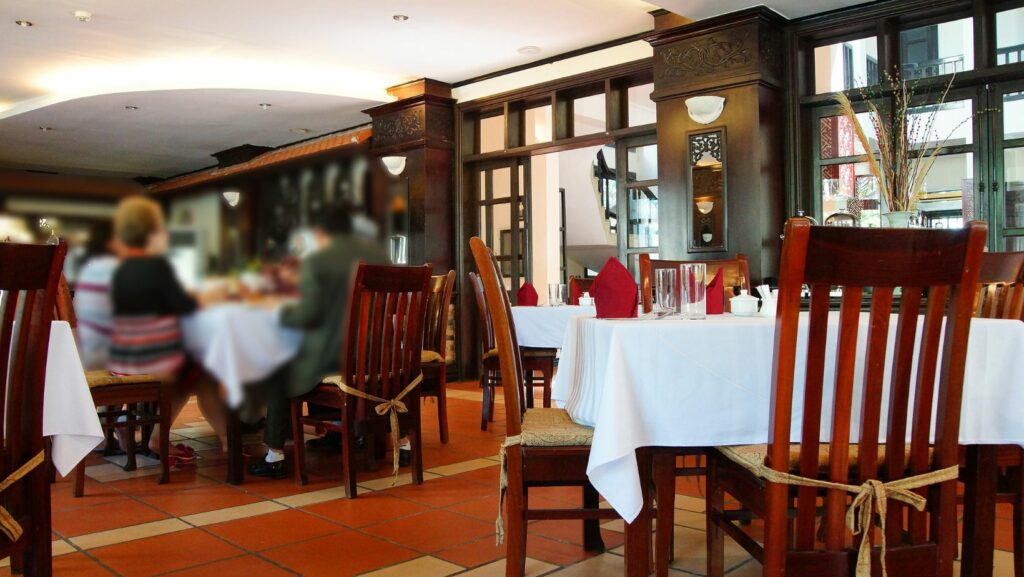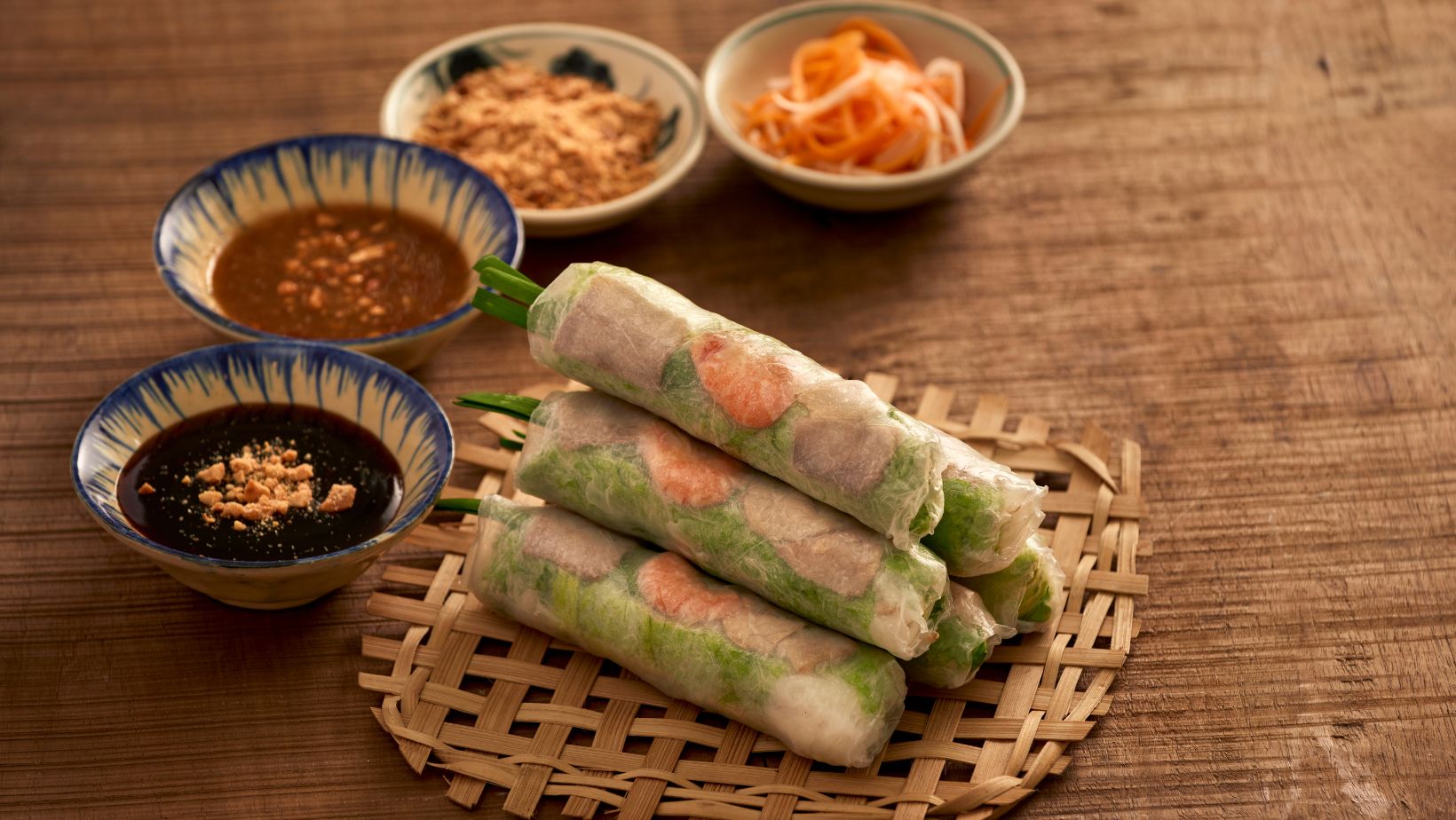
Vietnam’s culinary landscape is as rich and diverse as its culture, offering flavors that captivate and enchant the palate. At the heart of this gastronomic diversity is pho, often celebrated as the national dish of Vietnam. This beloved noodle soup not only offers a comforting warmth but also tells the story of a nation through its vibrant ingredients and intricate preparation techniques.
Vietnam National Dish
Pho, Vietnam’s national dish, not only tantalizes taste buds but also offers a profound cultural experience.
Historical Significance
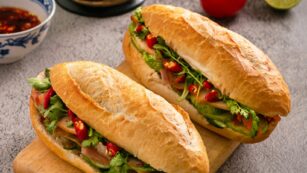 Pho’s origins trace back to the early 20th century in northern Vietnam. It first emerged in the Nam Dinh and Hanoi regions as a fusion of local and foreign culinary practices. The dish developed during French colonialism, where Vietnamese cooks blended their traditional techniques with French influences, notably the practice of simmering beef bones to create a rich broth. Over the decades, pho evolved from a simple street food hawked by vendors in early morning hours into a national symbol recognized worldwide.
Pho’s origins trace back to the early 20th century in northern Vietnam. It first emerged in the Nam Dinh and Hanoi regions as a fusion of local and foreign culinary practices. The dish developed during French colonialism, where Vietnamese cooks blended their traditional techniques with French influences, notably the practice of simmering beef bones to create a rich broth. Over the decades, pho evolved from a simple street food hawked by vendors in early morning hours into a national symbol recognized worldwide.
Cultural Influences
The cultural significance of pho extends beyond its ingredients. It embodies the resilience and adaptability of the Vietnamese people. Each bowl captures the essence of Vietnam’s history, with variations that reflect different regional preferences: the North prefers a clearer broth with a simpler taste, while the South garnishes its pho with abundant herbs and spices. This dish also plays a critical role in family and community gatherings.
Ingredients and Preparation
Exploring the national dish of Vietnam, pho, involves delving into its traditional ingredients and methodical preparation. This section will detail the essential components and steps required to create this iconic soup.
Key Ingredients
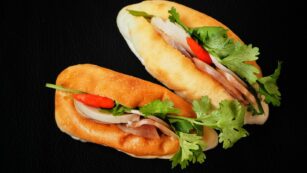 Pho consists primarily of broth, rice noodles (banh pho), meat, and herbs. The broth, the soul of the dish, typically uses beef bones, ginger, onions, and a blend of spices. These spices include star anise, cinnamon, cloves, cardamom, and coriander seeds. For garnishes, chefs use green onions, cilantro, and basil. Lime wedges, bean sprouts, and sliced jalapeños are served on the side to enhance the flavor further.
Pho consists primarily of broth, rice noodles (banh pho), meat, and herbs. The broth, the soul of the dish, typically uses beef bones, ginger, onions, and a blend of spices. These spices include star anise, cinnamon, cloves, cardamom, and coriander seeds. For garnishes, chefs use green onions, cilantro, and basil. Lime wedges, bean sprouts, and sliced jalapeños are served on the side to enhance the flavor further.
-
Simmer the Broth: Begin by charring onions and ginger to release their flavors. Then, simmer these with beef bones in water. Skimming the surface frequently, ensures a clear broth.
-
Spice It Up: Add the spices wrapped in a cheesecloth or spice bag to the simmering broth to infuse the flavors without leaving residues.
-
Prepare the Noodles and Meat: While the broth simmers, boil the rice noodles until just tender and slice the chosen meat thinly, typically beef or chicken.
-
Assemble the Bowl: Place cooked noodles in a bowl, top with raw beef slices (the hot broth will cook it), and then pour the hot spiced broth over them.
-
Garnish and Serve: Add green onions, cilantro, and basil on top of the bowl. Serve with lime wedges, bean sprouts, and sliced jalapeños on the side, allowing individuals to customize their meal.
Regional Variations
Northern Pho
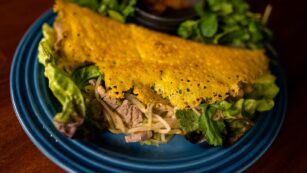 In the North, particularly in Hanoi, pho maintains a simplicity that focuses on the purity of its broth. The Northern broth is typically clear and savory, seasoned with a minimal amount of spices. Pho bowls in this region generally contain fewer herbs and condiments, emphasizing the original flavors of the broth and the quality of the meat.
In the North, particularly in Hanoi, pho maintains a simplicity that focuses on the purity of its broth. The Northern broth is typically clear and savory, seasoned with a minimal amount of spices. Pho bowls in this region generally contain fewer herbs and condiments, emphasizing the original flavors of the broth and the quality of the meat.
Central Pho
Moving to the Central regions, such as Hue, pho undergoes a transformation in both flavor and presentation. Central Vietnamese tend to add more spices and often incorporate a variety of meats in a single bowl. The broth here is slightly thicker with a deeper color, attributable to the increased spice mix. Servings in Central Vietnam also often come with a broader assortment of side herbs, enhancing the complexity of the dish.
Southern Pho
In the South, particularly in Ho Chi Minh City, pho is known for its bold and aromatic flavors. The broth is sweetened with rock sugar and loaded with a generous amount of herbs and spices. Southern pho is distinguished by its lavish garnishes, including basil, cilantro, bean sprouts, and lime. Moreover, Hoisin sauce and Sriracha are popular accompaniments, providing a customizable flavor boost at the table.

